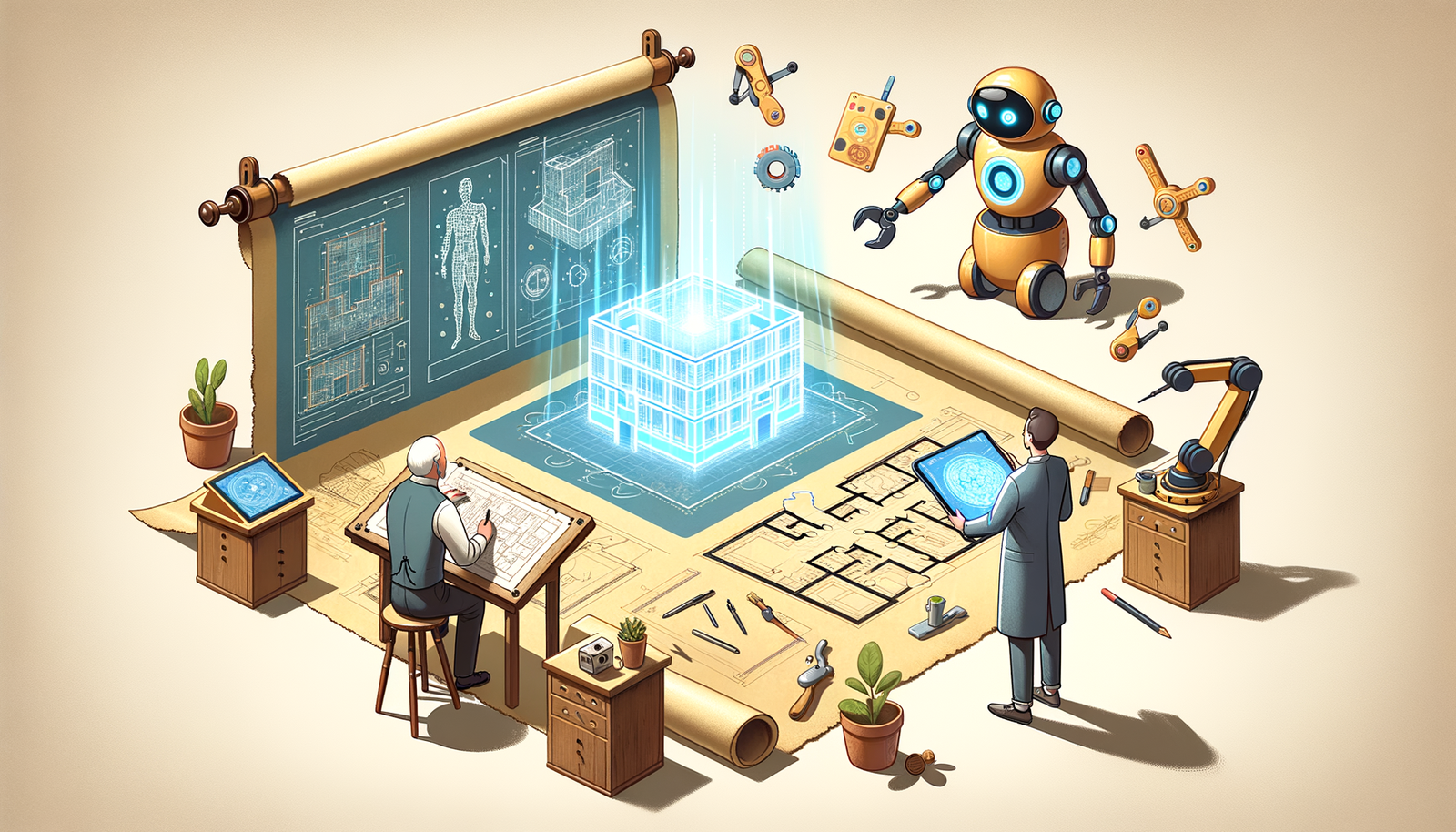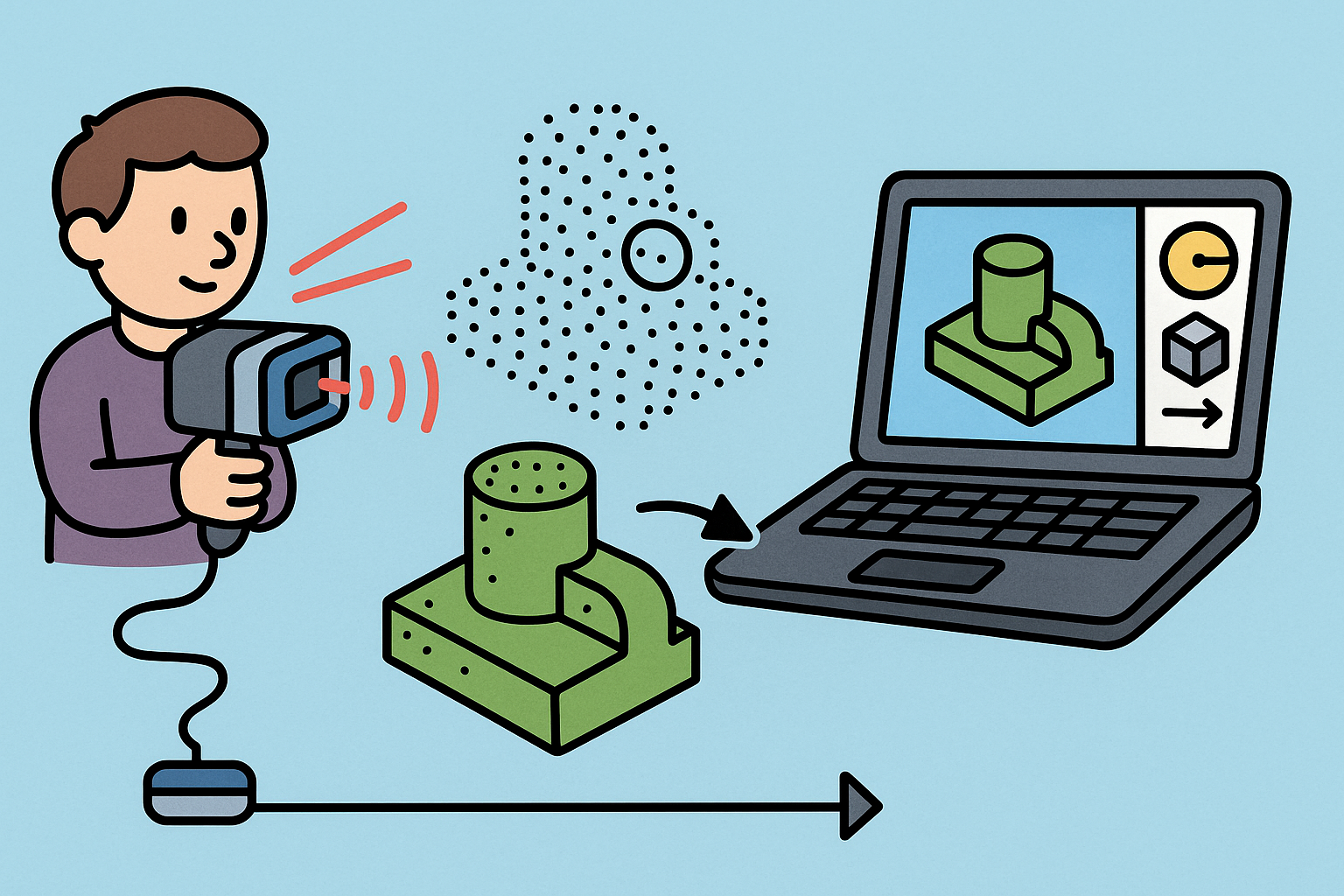Your Cart is Empty
Customer Testimonials
-
"Great customer service. The folks at Novedge were super helpful in navigating a somewhat complicated order including software upgrades and serial numbers in various stages of inactivity. They were friendly and helpful throughout the process.."
Ruben Ruckmark
"Quick & very helpful. We have been using Novedge for years and are very happy with their quick service when we need to make a purchase and excellent support resolving any issues."
Will Woodson
"Scott is the best. He reminds me about subscriptions dates, guides me in the correct direction for updates. He always responds promptly to me. He is literally the reason I continue to work with Novedge and will do so in the future."
Edward Mchugh
"Calvin Lok is “the man”. After my purchase of Sketchup 2021, he called me and provided step-by-step instructions to ease me through difficulties I was having with the setup of my new software."
Mike Borzage
Automated Documentation in Architectural Design: Transforming Workflows with AI and BIM Integration
April 28, 2025 6 min read


Introduction and Concept Overview
In the realm of modern architectural design, the concept of automated documentation generation has emerged as a transformative force that is revolutionizing the way professionals develop, maintain, and communicate detailed design information. Automated documentation entails the use of advanced software tools and algorithms to automatically generate essential design documents, blueprints, and compliance reports that integrate seamlessly into the design workflow. This approach not only reduces the manual workload but also improves accuracy and consistency, which are essential in complex architectural projects. Historically, architectural documentation was a highly manual process involving meticulous drafting and revisions that could extend project timelines and introduce human error. Over the decades, the industry has witnessed a gradual yet radical evolution, transitioning from labor-intensive hand-drawn sketches and physical blueprints to digital renderings and information-rich documents produced via computer-aided design systems. The drivers for adopting automation in documentation include a pressing need for efficiency, enhanced precision in detailing complex structures, and the demand for quick turnaround in an increasingly competitive market. Such advancements have empowered architects to allocate more time and resources toward innovation and creativity, thereby fostering a culture of excellence in design thinking. This evolution is characterized by the integration of architectural design tools with sophisticated digital technologies that enable real-time updates and centralized data management. The journey from manual to automated processes emphasizes the industry's dedication to embracing technology while preserving the critical human elements of creativity and judgment. Furthermore, as global projects grow in scale and complexity, the significance of automated documentation becomes even more pronounced, offering a reliable foundation for both large-scale infrastructure developments and intricate renovations. The continuous advancements in hardware and software have created opportunities for the adoption of natural language processing, rule-based logic systems, and data analytics which combine to streamline processes that were once hindered by traditional limitations. In summary, automated documentation represents not merely a technological upgrade but a fundamental shift in how architectural design is conceptualized, executed, and communicated. The reliance on real-time data, combined with integrated systems, enables architects to maintain a holistic view of the project lifecycle, ensuring that every aspect of the design is meticulously documented and readily available for review. This paradigm shift is set to propel the industry into a future where design, construction, and regulatory compliance converge in a symbiotic relationship, driving projects to levels of innovation and operational excellence that were previously unattainable.
Technical Foundations and Enabling Technologies
The technical underpinnings of automated documentation in architectural design revolve around a confluence of cutting-edge technologies that include artificial intelligence, machine learning algorithms, parametric modeling, and BIM integration. At its core, artificial intelligence and machine learning facilitate the identification of patterns and the automation of routine tasks by learning from historical documentation data and user interactions. These systems enable automated drafting programs to interpret design dimensions and generate precise documentation that adheres to industry standards. The integration of parametric modeling further enhances this capability by allowing dynamic adjustments to the design parameters, automatically recalculating the implications for the final documentation. As these technologies work in concert, architects are provided with a powerful toolkit that drastically reduces manual intervention and error margins during the documentation process. Moreover, the foundation of these advancements lies in robust software architecture and efficient data management practices. Seamless API integrations allow for uninterrupted data exchange between design and documentation platforms, ensuring that every change made within the architectural model is reflected instantaneously in the corresponding documentation. Customized scripting features embedded within popular design platforms offer additional control and flexibility, enabling the tailoring of automated processes to fit the unique requirements of each project. To clarify the enabling technologies in play, the following bulleted list outlines some of the key components:
- Artificial Intelligence: Uses deep learning and pattern recognition to process complex design data.
- Machine Learning Algorithms: Automates routine processes and adapts based on historical project outcomes.
- Parametric Modeling: Facilitates dynamic design changes and recalculations that feed directly into documentation outputs.
- BIM Integration: Ensures comprehensive project data is available across various design and construction phases.
Practical Applications, Benefits, and Challenges
In the practical context of architectural firms, the application of automated documentation generation has become an integral part of streamlining workflows and enhancing overall project delivery. The automated generation of documentation covers a wide spectrum of outputs, from detailed construction documents to regulatory compliance reports, all of which are generated with a high degree of precision and consistency. By utilizing sophisticated algorithms, design platforms can now automatically update drawings and associated metadata in real time, ensuring that all project stakeholders have access to the most current information at any given moment. This level of integration translates into significant time-saving benefits and a marked reduction in the errors that traditionally plagued manual processes. One of the critical advantages of employing automated documentation is its demonstrable impact on the workflow efficiency of multidisciplinary teams. By bridging the communication gap between architects, engineers, and contractors, these systems create a more cohesive design environment. Enhanced collaboration is achieved through block lists such as:
- Improved Data Accuracy: Results in minimized errors in drafting and documentation.
- Consistent Documentation Standards: Ensures every component complies with the latest industry regulations and project specifications.
Conclusion
The transformative potential of automated documentation generation in architectural design is now unmistakable as the industry continues to evolve and embrace high-end technological solutions. Architectural design tools are constantly integrating automated systems that boost productivity and ensure that documentation remains both comprehensive and accurate throughout the project lifecycle. This evolution marks a significant turning point, moving away from traditional, labor-intensive methods toward streamlined, digital-first approaches that yield tangible improvements in efficiency. One of the major insights gleaned from the current trends is the balance between the technological benefits and the inherent challenges associated with adoption. On one side, the gains in operational precision and the ability to facilitate smoother interactions among multidisciplinary teams are impressive and cannot be understated; on the other side, the hurdles of integrating with legacy systems and managing data standardization demand proactive management and continuous innovation. Moreover, the discussion around automated documentation generation underscores the need for continuous research and development in the areas of interoperability and secure data management practices. As firms increasingly rely on digitally-generated documentation, the emphasis on creating standardized protocols and enhancing API integrations will become even more critical for maintaining consistency and ensuring data security. Looking to the future, architects and software developers are poised to explore further innovations that may incorporate emerging technologies such as augmented reality, blockchain-based data security, and even more sophisticated AI models that can predict and pre-empt documentation errors. This evolving ecosystem promises to deliver new layers of efficiency, creating an environment in which design professionals can operate more seamlessly across all project stages. The journey toward fully automated documentation is not merely a technological upgrade—it represents a fundamental shift in architectural workflows that heralds a new era of precision, speed, and collaboration. As the industry continues to overcome the challenges of integration and data management, it is clear that embracing automated documentation generation is key to unlocking unprecedented future opportunities. In summary, while the path forward may be fraught with complexities, the strategic implementation of automated documentation stands as a catalyst for a more innovative, efficient, and secure architectural design process, charting a course toward excellence that benefits all stakeholders within the industry.
Also in Design News

Design Software History: Constraint Solving in CAD: From Sketchpad to Modern Parametric Engines
December 31, 2025 12 min read
Read More
Intent-Aware Scan-to-BRep: Integrating LiDAR Point Clouds into Solid Modeling Pipelines
December 31, 2025 12 min read
Read More
Cinema 4D Tip: Hand-Painted Vertex Maps — Fast Workflow for Deformers, MoGraph, and Material Masks
December 31, 2025 2 min read
Read MoreSubscribe
Sign up to get the latest on sales, new releases and more …


